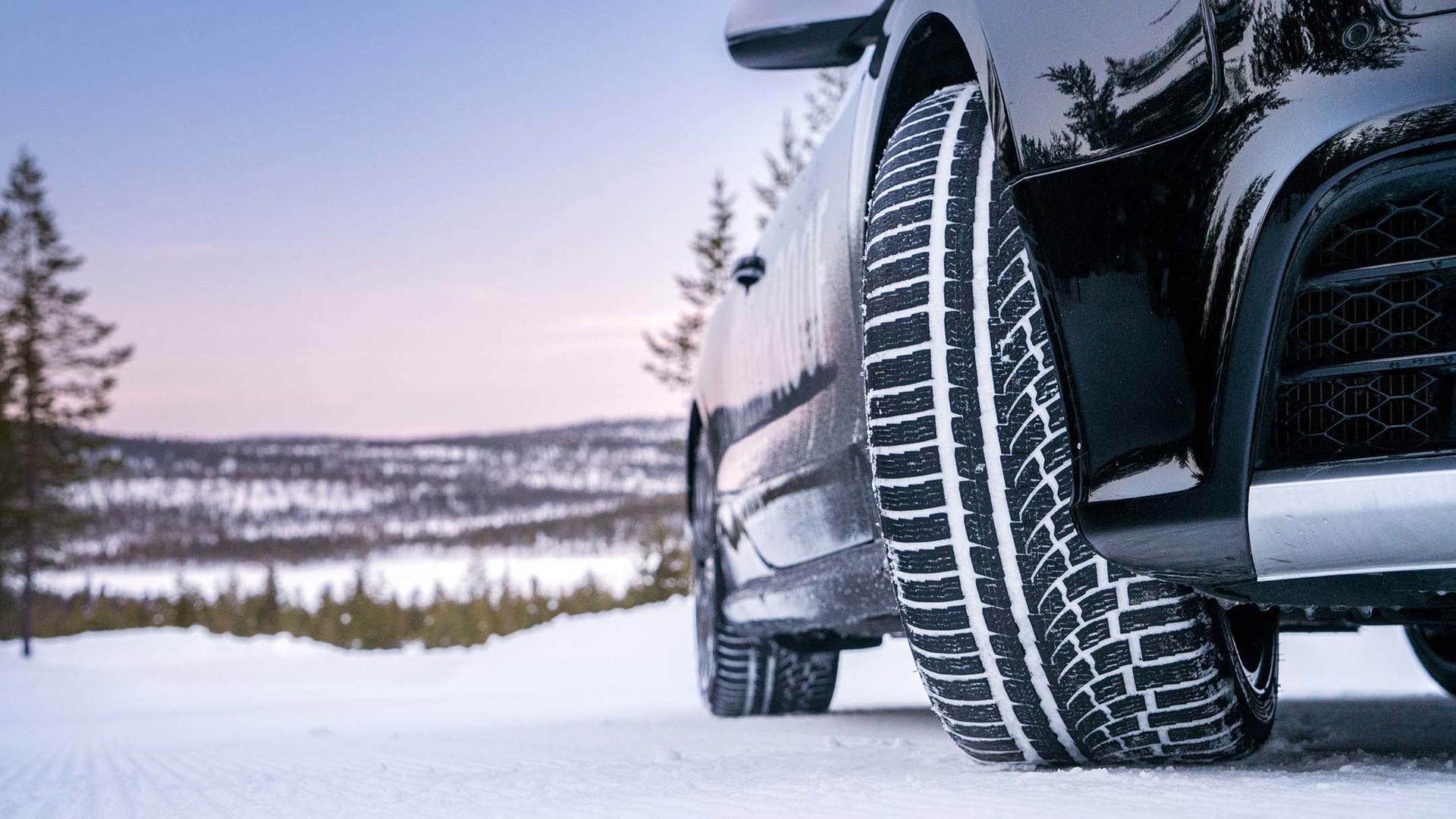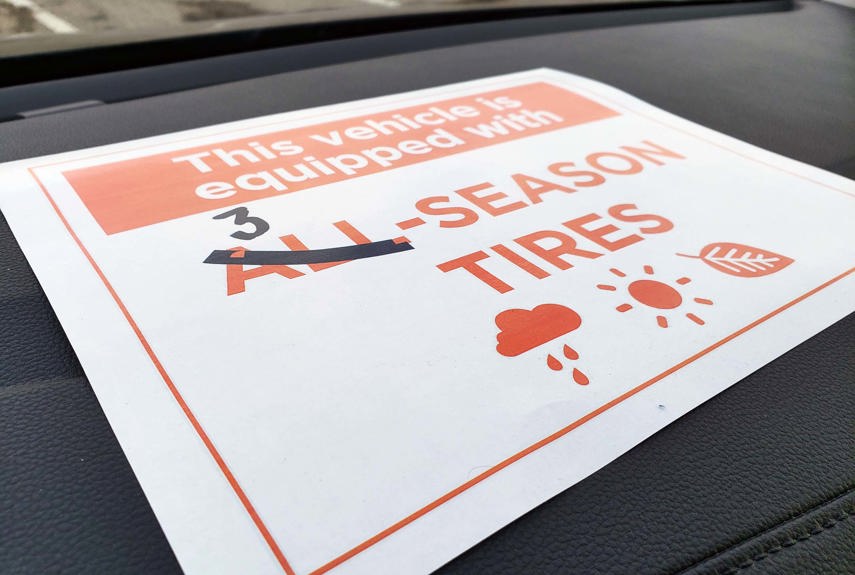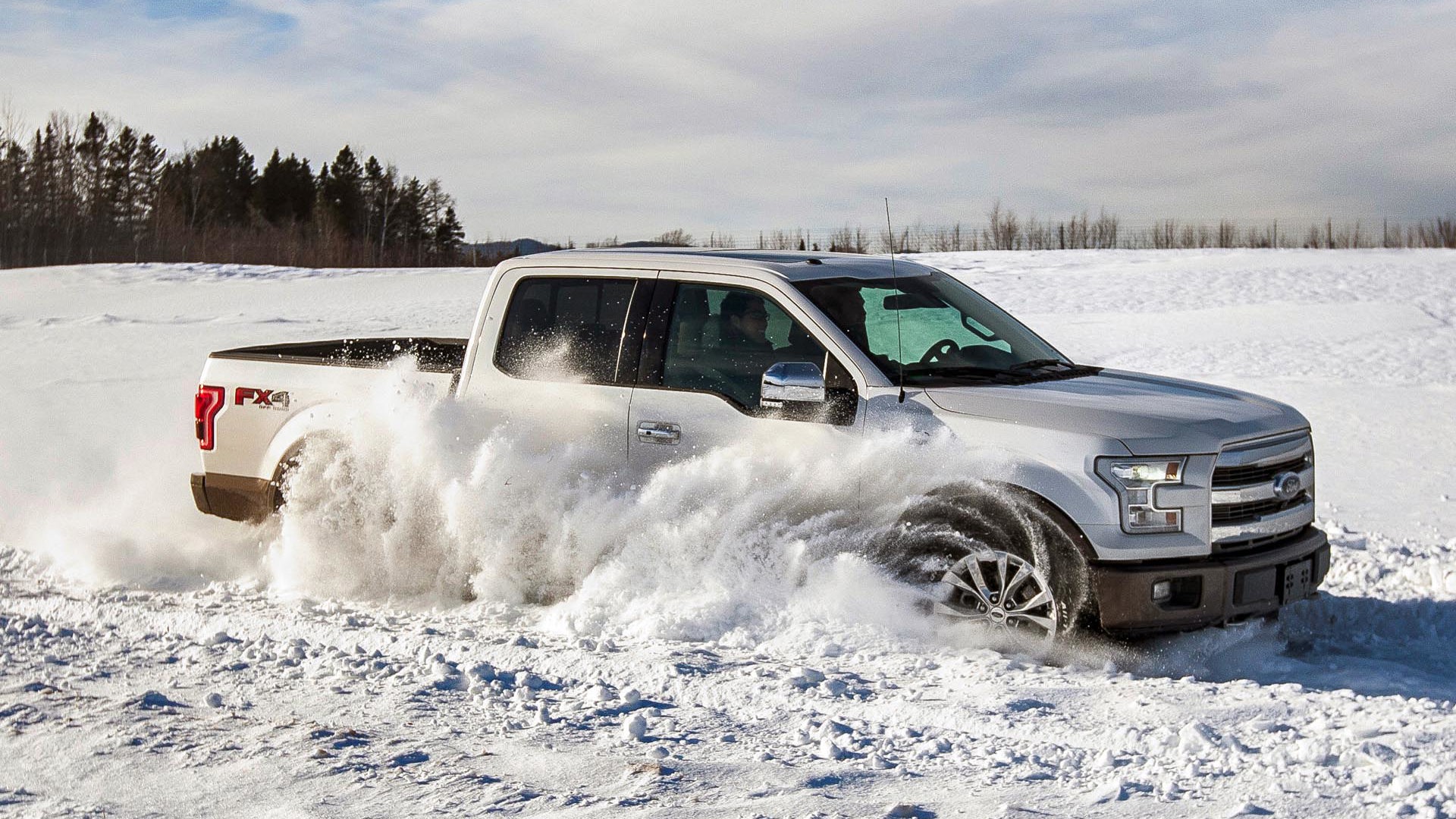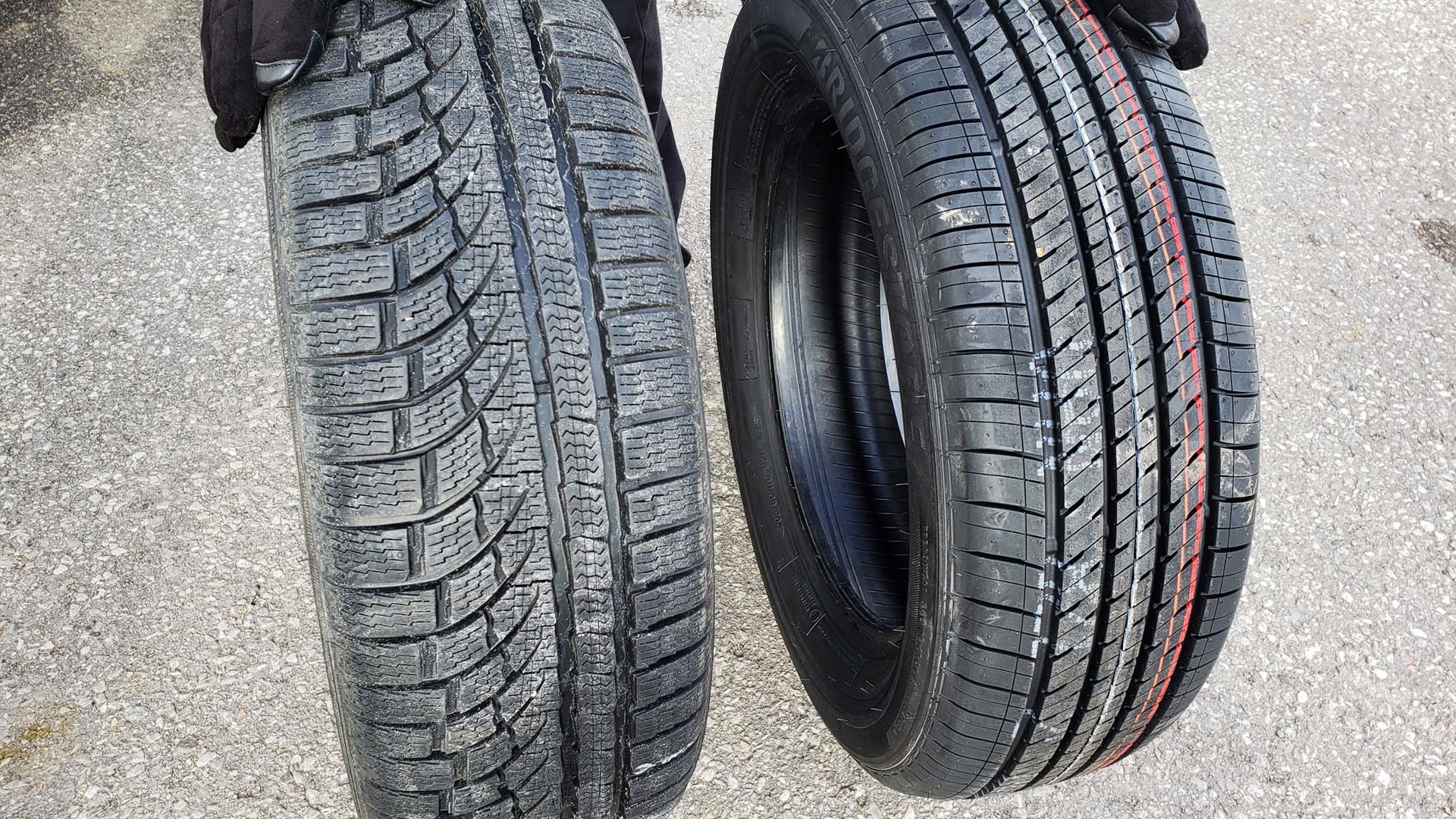We’re knee-deep in winter, and the most recent storm may have some considering their first set of winter tires. It might be their first set of winter tires ever, or perhaps a first set of winter boots for the car or truck they’ve recently purchased.
Selecting the proper set of winter tires can be a little daunting. Your writer has spent many hours sweating this same decision himself. After all, the winter tire marketplace is just like the shampoo aisle at your grocery store: a crowd full of products calling for your attention with various promises, packaging, and special features and superior technologies.
And like shampoo, winter tires are all sort of the same – but all a little bit different, too.
Two things before we continue: First, the following opinions were formed during about 250,000 kilometres of testing involving hundreds of vehicles on dozens of tires across Northern Ontario over the past 15 years.
Second, when I mention winter tires, I’m referring to quality winter tires from reputable brands, not extreme low-cost alternatives, which I don’t recommend to anyone. You get what you pay for, after all. And in winter tires, I figure that’s most true at the upper end of the pricing spectrum – hence a good part of the shopper confusion we’re here to discuss.
Don’t Sweat the Details – Just Get the Tires
“Should I get the Coopers? Are the Pirelli’s worth the extra $70 a tire? Is the tread pattern on the X-Ice aggressive enough, or should I run the Blizzaks?”
For the first-time winter tire shopper, the most important thing is not correctly answering any of the above, but rather, making the switch at all. Swap from all-season to winter tires, and you’re adding a heap more traction than switching from one winter tire to another.
Put simply, if you’re finally switching from all-season to winter tires – that is, quality winter tires from reputable brands – your quest for superior wintertime traction is pretty much complete.
From there, switching from one tire to another, or from one technology to the next, will tend to be incremental in comparison – at least, based on what you’ll experience on the road, in real life.
And don’t spend too much time on the tread pattern. Some are prettier than others, but it’s only a small part of the puzzle. I’ve had plenty of winter performance driving instructors, many of who come from rally racing, say that the best tires in the snow are the ugliest-looking.
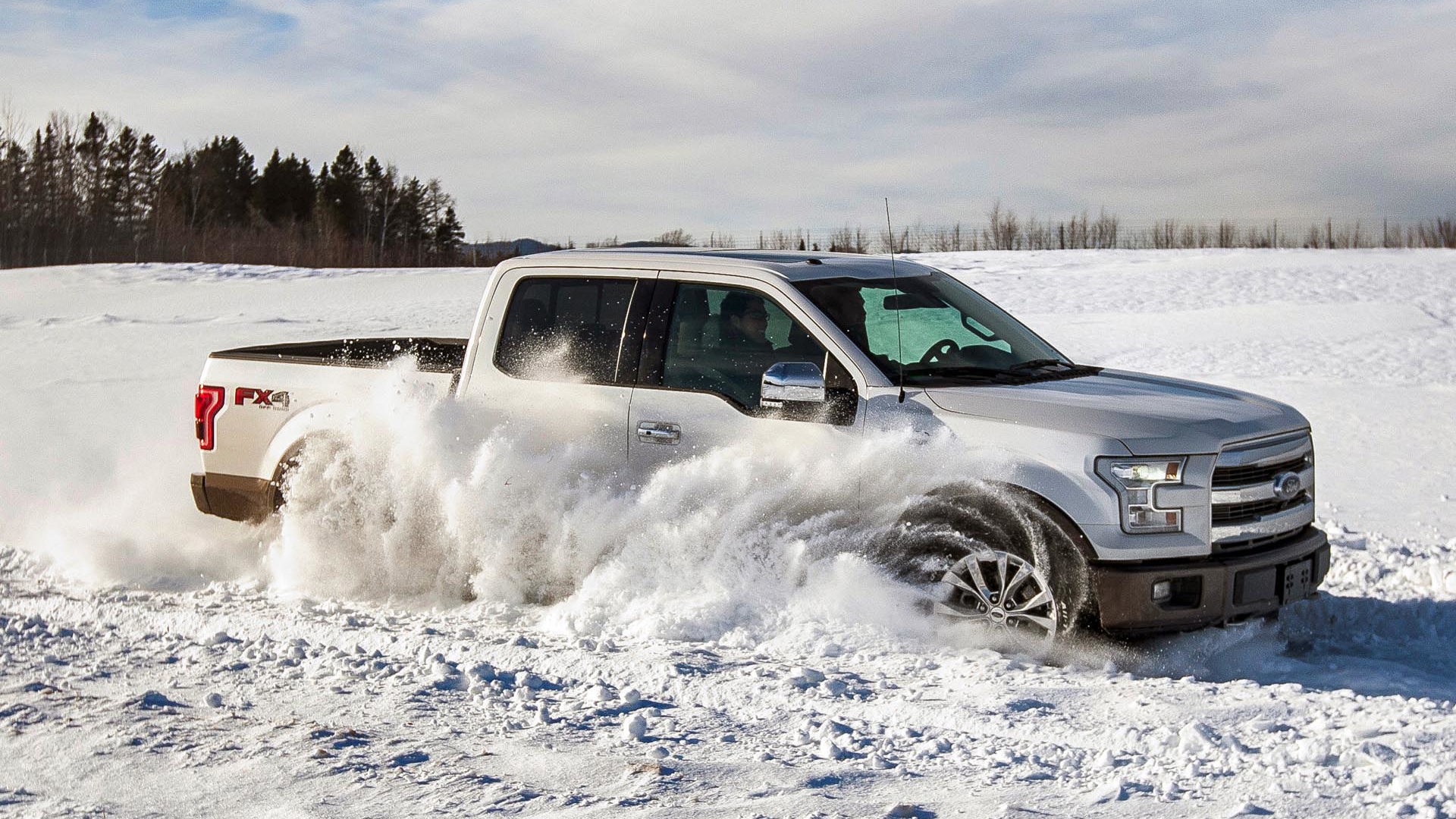
Don’t Get Stuck on Numbers – Ask an Expert
There are, of course, rating and ranking scales that give you a glimpse into how a certain tire performs in a certain set of conditions on a certain vehicle. Note that even minor differences in weather or temperature will affect test measurements, so will using one vehicle for the test instead of another. Some rankings account for this, but the point is, your results will vary.
I’ve participated in various instrumented “real world” winter tire tests over the years, and never found it to resemble an exact science.
Of course, not all winter tires are made the same. Some are better on slushy highways at higher speeds. Others are better at braking in deep powder. Others still might turn in better cornering on hard-packed snow.
That’s why you should consider where you drive, and the most common array of conditions you’re likely to experience. Run that past an experienced tire sales rep, or the online owner’s community (Facebook, online owner forum) for your specific ride. Often, other owners in these virtual communities will have a favourite winter tire or two that matches your needs, and they’re usually happy to share.
In a nutshell, considering what and where you drive, and running that past a knowledgeable party or two, is a good idea. Stressing out about minor and highly variable differences between various tires on a rating scale is not.
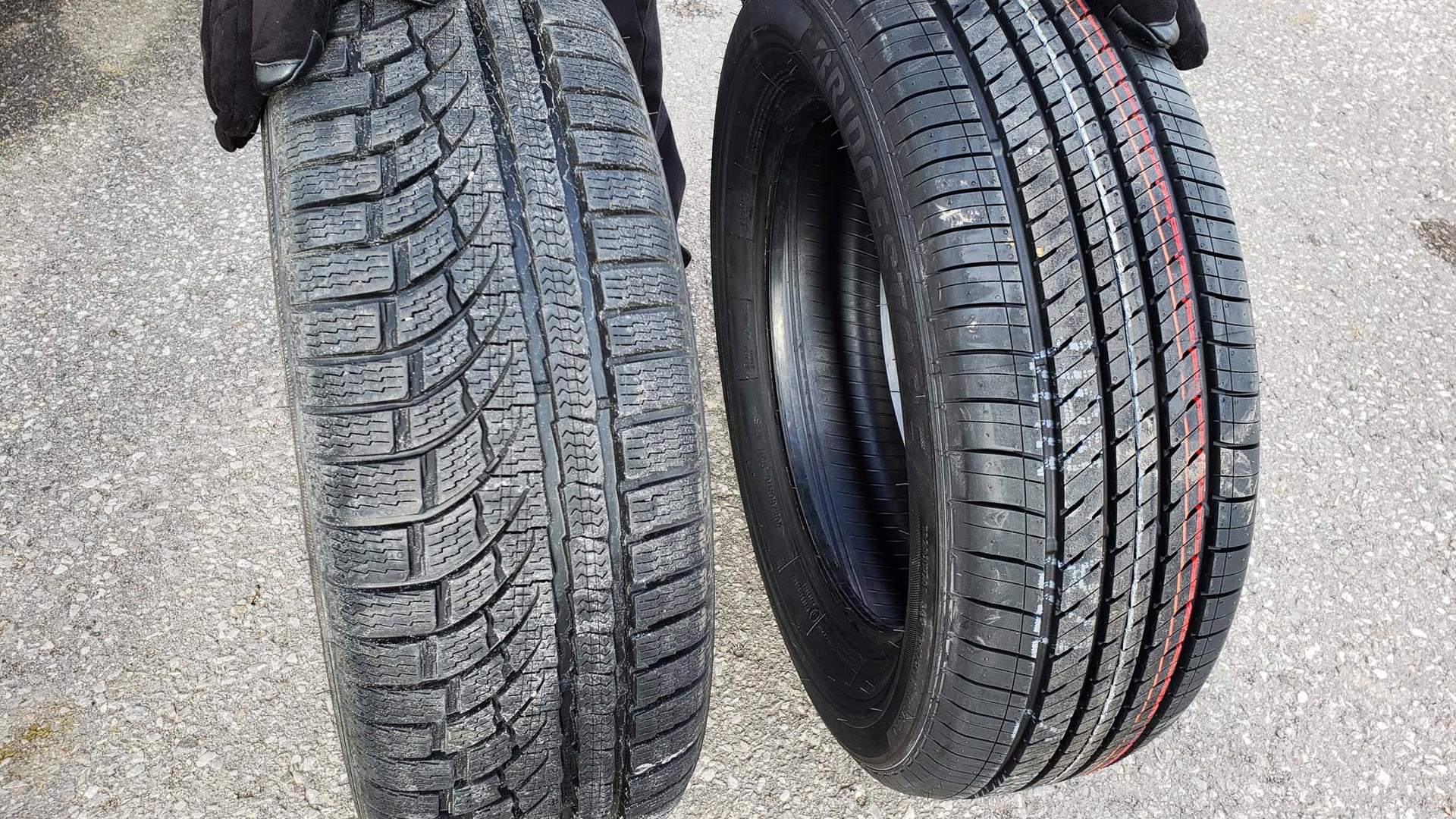
Real-world Observations
In my mental checklist for winter tires, I check for braking “bite” in two conditions I experience regularly: hard-packed snow and deep powder. On my personal vehicles (2019 Volkswagen Alltrack, 2010 Subaru Forester), I equip Michelin X-Ice in the winter. Over the years, I found that they offer the best “bite” for my vehicles and the road conditions I encounter.
However, I’ve also driven identical vehicles equipped with different winter tires – including an AllTrack on Pirelli Ice-Zero, and a Forester on Blizzaks – and the difference in performance and traction detectable from the driver’s seat in real-world conditions is fairly negligible. Again, you’re likely to find only an incremental improvement between sets of winter tires – swapping out your all-season tires is the most important part, and the biggest leap in performance.
On a separate note, I don’t equip studs, because of some time spent testing studded winter tires against non-studded counterparts. I noted a lot more noise, but fairly minor differences in performance on most surfaces other than glare ice, where the studded tires were a clear winner. Thing is, I rarely encounter glare ice, and I don’t like the sound of studded tires.
To recap: choose your winter tires from a reputable brand you’re familiar with, seek some help from a qualified retailer or online owner’s community to double-check your top choices, and don’t sweat the minor differences too much.
Safe travels this winter.

